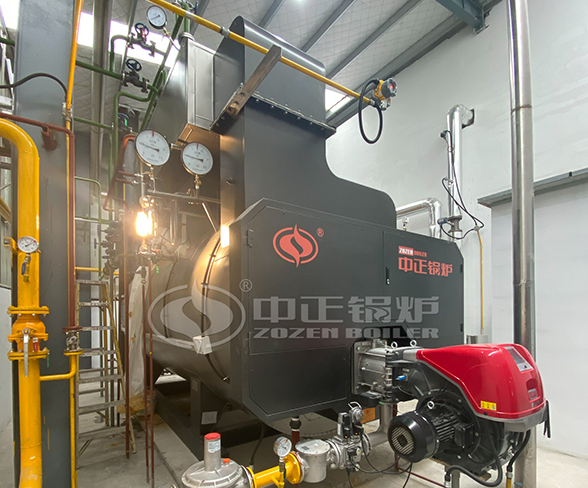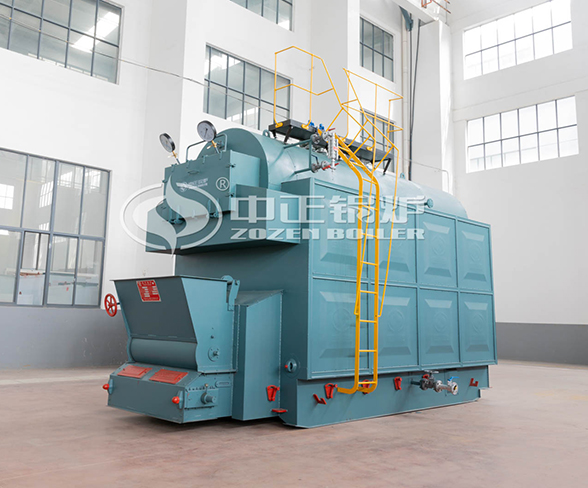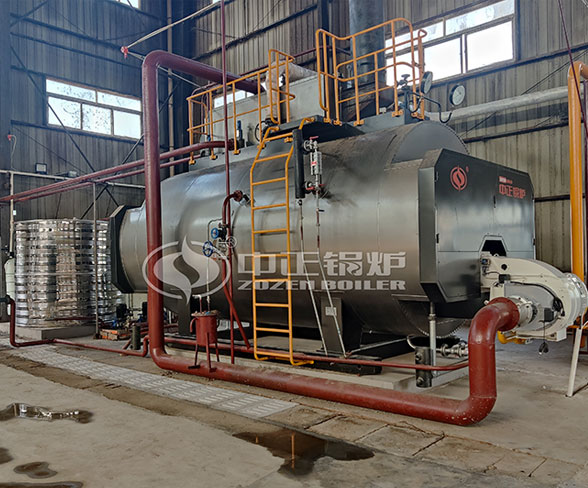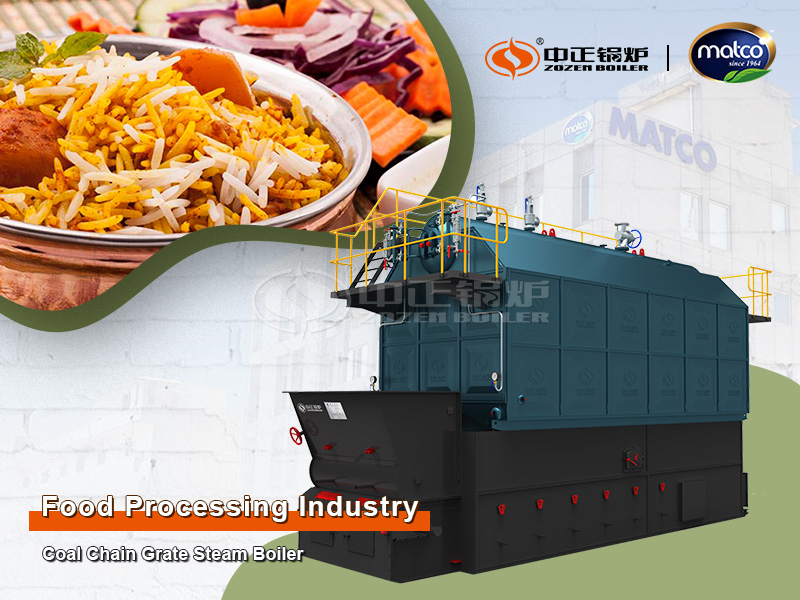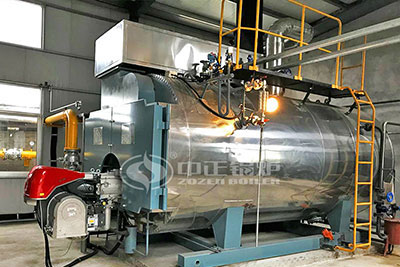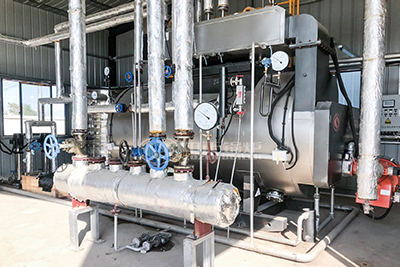Thermal oil boiler refers to a boiler heated with thermal oil. Heat transfer oil, also known as organic heat carrier or heat medium oil, generally uses coal, oil, gas as fuel, and heat transfer oil as medium, using hot oil circulation oil pump to force the medium to circulate in liquid phase, and then transfer the heat energy to the heating equipment. Returning to the heating furnace for reheating, it has a high working temperature under low pressure, and can carry out high-precision control of the medium operation.

Coal burning
It uses coal as fuel and thermal oil as heat carrier. It is generally divided into three types of coal-burning structures: vertical hand-burning, horizontal cylindrical type, and horizontal machine-burning. These three forms are mainly divided according to the labor intensity of adding coal.
Fuel (gas)
It uses fuel oil or gas as fuel, burns fuel with a burner, and uses thermal oil as a heat carrier. It is generally divided into two types of vertical and horizontal structures, mainly based on the height of the equipment space.
Electric heating
For the electric heating oil furnace, the heat is generated and transmitted by the electric heating element immersed in the heat transfer oil, using the heat transfer oil as a medium, using a circulation pump to force the heat transfer oil to circulate in the liquid phase, and transferring the heat to one or more heat sources After the equipment is unloaded by the heat equipment, it passes through the circulation pump again, returns to the heater, absorbs the heat, and is transferred to the heat equipment, so that the heat is continuously transferred to increase the temperature of the heated object and reach the heating process Claim.
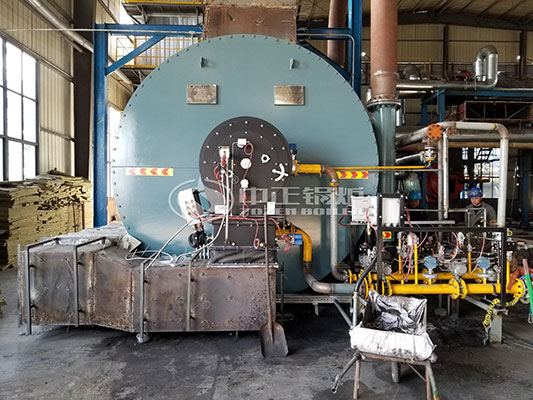
Features
1. The heat-conducting oil boiler is a DC special boiler developed based on the design thinking of forced circulation.
2. Closed-loop heat supply, communicating with the atmosphere, can extend the service life of the boiler, the liquid phase transfers heat energy, the heat loss is small, the energy saving effect is significant, and the environmental protection effect is good.
3. The heat-conducting oil boiler adopts a three-circuit coil design. This DC structure determines the safety that traditional boilers do not have.
4. Due to the coil type structure, the heating surface is sufficient, so that it has a high thermal efficiency.
5. The heat transfer oil boiler is distinguished by counter-current heat exchange, and the temperature difference between the temperature of the combustion exhaust gas and the heat transfer oil outlet is below 30 ℃.
6. The excellent structure of the thermal oil boiler is mainly operated at a lower pressure to obtain an operating temperature below 450 ℃, which has the characteristics of low pressure and high temperature.
7. Compared with molten salt of another type of high-temperature heat transfer medium, heat transfer oil has an absolute advantage over heat transfer oil in terms of price and service life of heat transfer medium when the operating temperature is above 400°C, but in other aspects Both are at a clear disadvantage, especially in terms of the complexity of system operation.
8. Advanced process flow the organic heat carrier boiler is a new type of special heating boiler. It has the working characteristics of low pressure and high temperature. The working pressure is 0.1Mpa, even the heating temperature at normal pressure, the liquid phase is 340℃ or the vapor phase is 400℃. The structure has certain elasticity. Considering the free expansion of various components after being heated during operation, a curved coil type heating surface is used. For safer and more efficient operation, an air preheater is added, the degree of combustion in the furnace is enhanced, and the flow rate It has also increased, making more efficient, environmentally friendly and energy-saving services for various industries.




